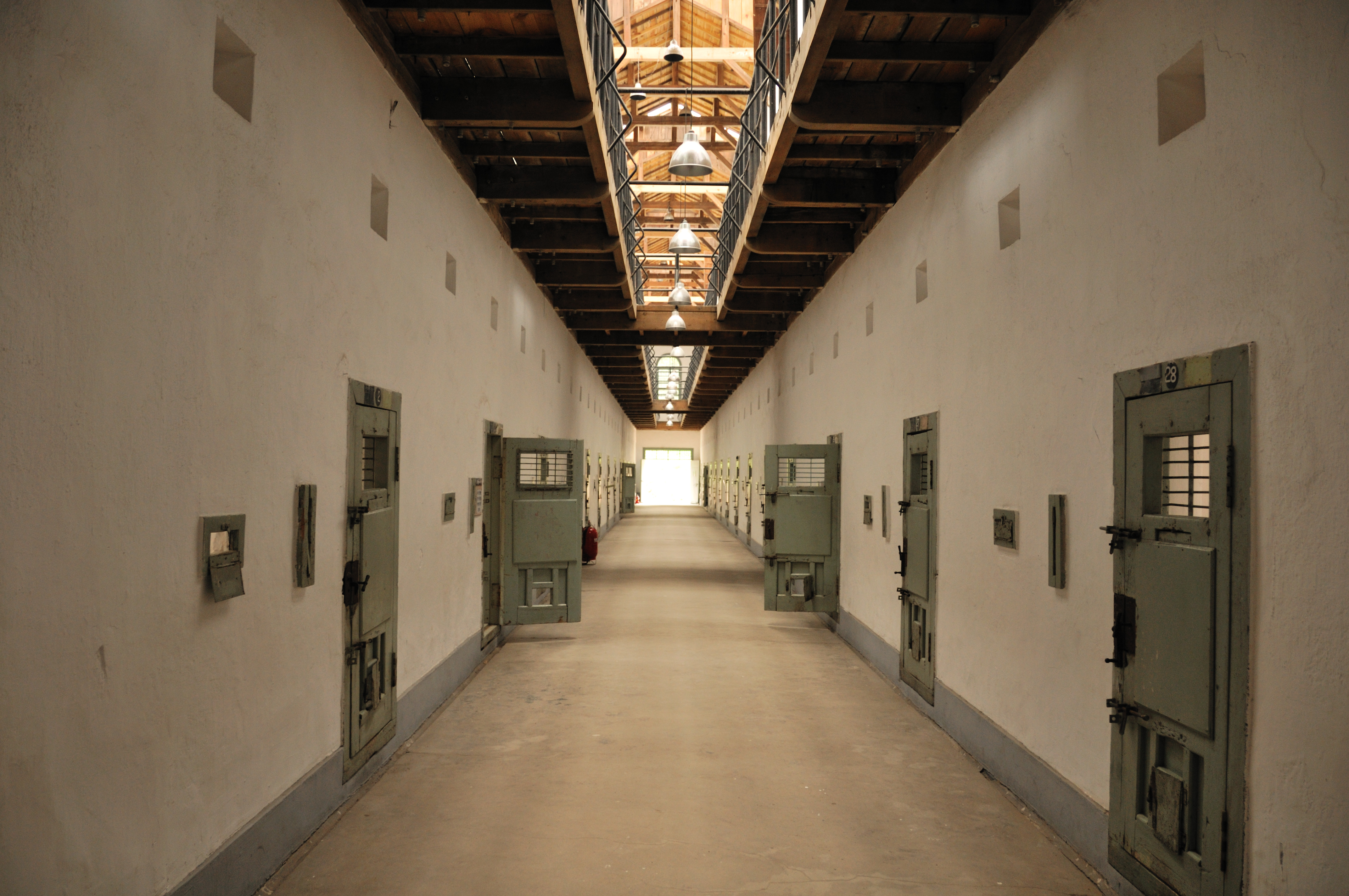The United States incarcerates more people than any country in the world, 2.2 million at last count. As calls to reform the American penal system have intensified, a Washington think tank has created an interactive tool shedding light on what policy changes may be most effective in controlling the prison population.
Just last month, President Barack Obama, in a fiery speech at the NAACP convention in Philadelphia, exhorted Congress to pass a sentencing reform bill by the end of the year.
Short of action by Congress, the Urban Institute says merely releasing non-violent drug offenders won’t significantly cut the nation’s overflowing prison population. Other felons may also have to be granted early outs. The think tank has even created an interactive “prison population forecaster” to help states figure this out.
In his speech, Obama called the American prison system “a source of inequity that has ripple effects on families and on communities and ultimately on our nation…. Mass incarceration makes our country worse off, and we need to do something about it”
So what’s to be done in the ways of reducing population in the nation’s jails and prisons?
In making reforms, Bryce Peterson, research associate at Urban Institute, a Washington think tank, said that realistically, “You cannot just look at the low-hanging fruit in every state.”
In a telephone interview, Peterson said “You can’t just say non-violent first time drug offenders — we need to let them out of prison and that is going to magically solve the problem. That is not really the answer.”
Obama is not the only one preaching the need to reform the criminal justice system.
In a collection of essays published by the Brennan Center for Justice, Sens. Ted Cruz of Texas, Rand Paul of Kentucky and former Texas Gov. Rick Perry — Republican presidential candidates — all urge prison reform.
To deal with the crack cocaine epidemic of the 1980s, states and the federal government adopted mandatory-minimum sentences for some drug crimes. The mandatory minimums, combined with several state governments enacting the “three-strikes” law, which incarcerated people who committed three felonies for 25 years to life, were two major factors contributing to the 2.2 million people who are in state and federal prisons and local jails, according to the latest figures from the Bureau of Justice Statistics.
Speaking to the NAACP, Obama said the real reason the prison population is so high is that more nonviolent drug offenders are being locked up.
But the Urban Institute’s Peterson says, to make a dent, “You need to look at not only nonviolent crime, but also what to do with people who are in jail for violent offenses.”
The institute’s online interactive tool, freely available to the public, evaluates the effect of policy changes on the prison population. For example, trimming by half the stay of violent offenders would result in a 16 percent reduction in the prison population, according to the Urban Institute.
“The solutions are very state-specific. In some states, cutting the length of stay for violent offenses is going to have a much greater impact than reducing drug offenders where there are not a lot of drug offenders in prison,” Peterson said.
“In other states, where non-violent drug offenders make up a pretty significant chunk in the population, you could do more at creating legislation or policy changes that focus more on those offenders,” he said.
For example, the think tank concluded that reducing prison time for violent offenders in four states — Michigan, New Jersey, New York and Rhode Island — by only 15 percent would have a much larger overall drop in the prison population than cutting all drug admissions by 50 percent.
John Pfaff, a law professor at Fordham University School of Law, is concerned that focus on nonviolent crime takes attention away from what he sees as the central issue — the length of the stay of violent offenders.
“We tend to view the cause of prison growth as the incarceration of nonviolent prisons for very long periods of time,” Pfaff said. “That is certainly the dominant narrative. Empirically speaking that is just not true.”
“The ones that serve long sentences tend to be the violent offenders. Property and drug offenders tend not to serve very long sentences.”
Eli Lehrer, president of the R Street Institute, a conservative think tank, cautions that policy changes directed at reducing prison time for violent offenders must be handled carefully.
“The reports should be viewed with skepticism,” Lehrer said. “There are certainly too many people in jail today, but if you go back to 1980 or 1975, there were too few. The idea that the policies haven’t done any good is also wrong.”
Bryce Peterson, who was part of a team of four doing the study for the institute, said there would be future iterations of the tool.


